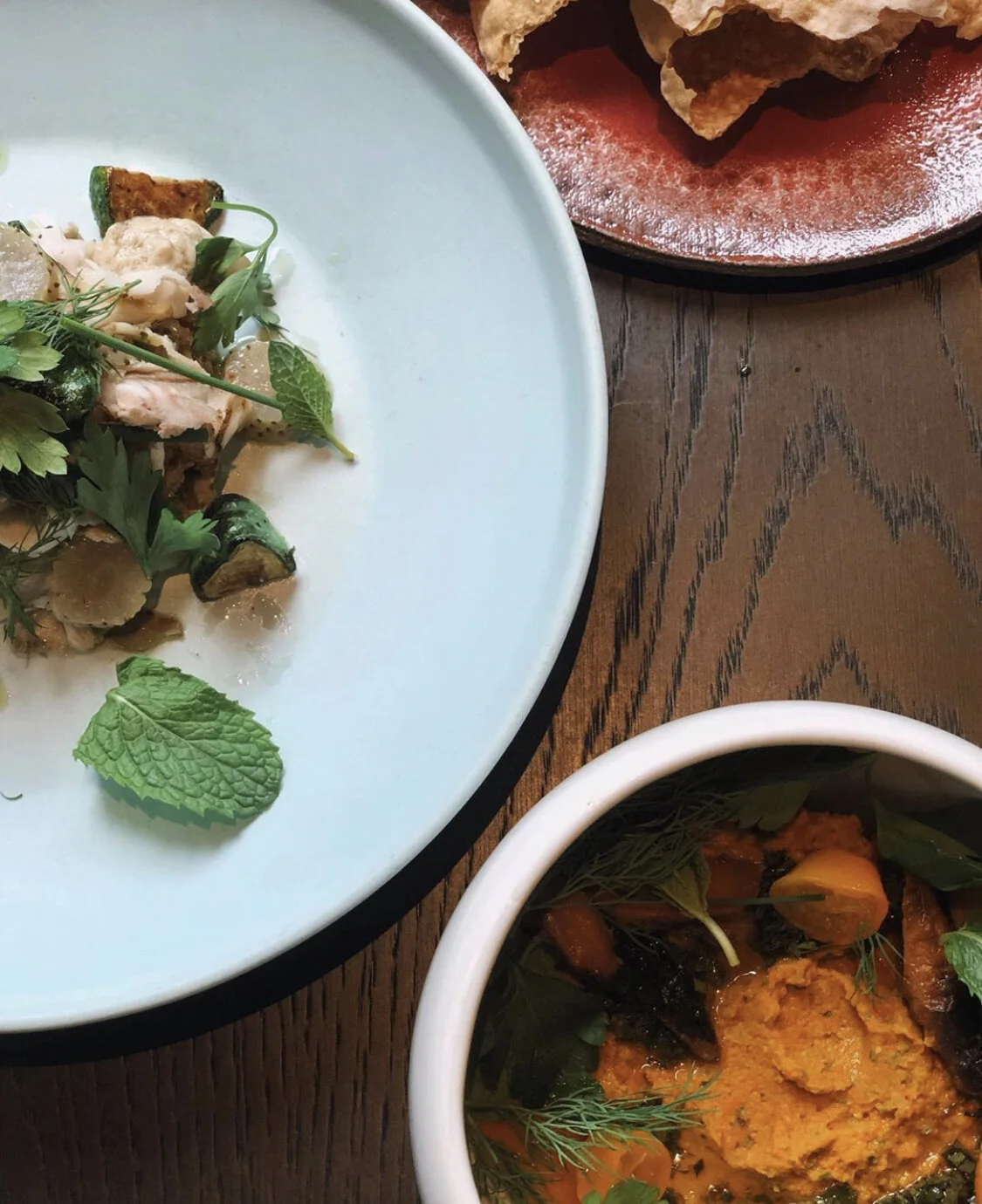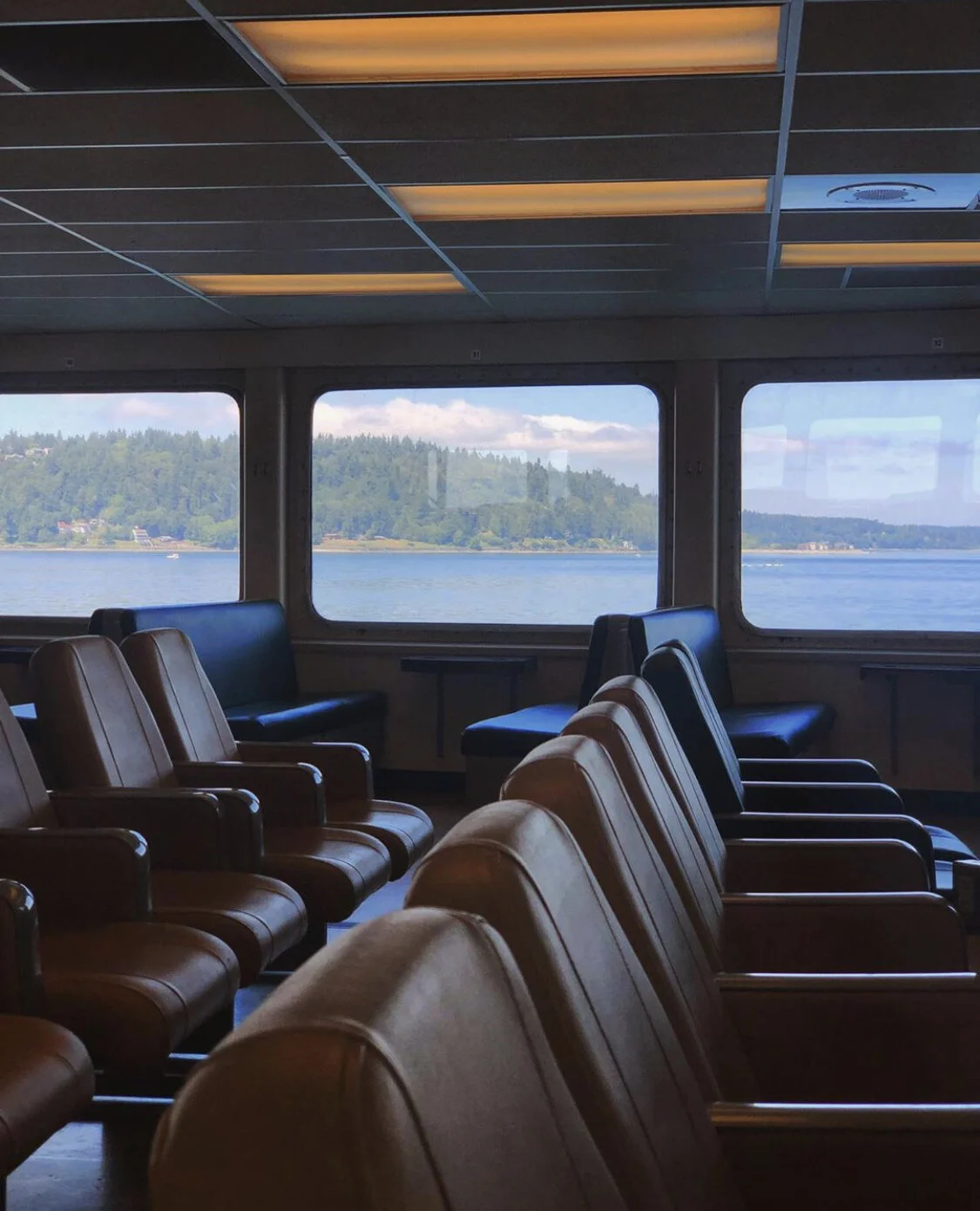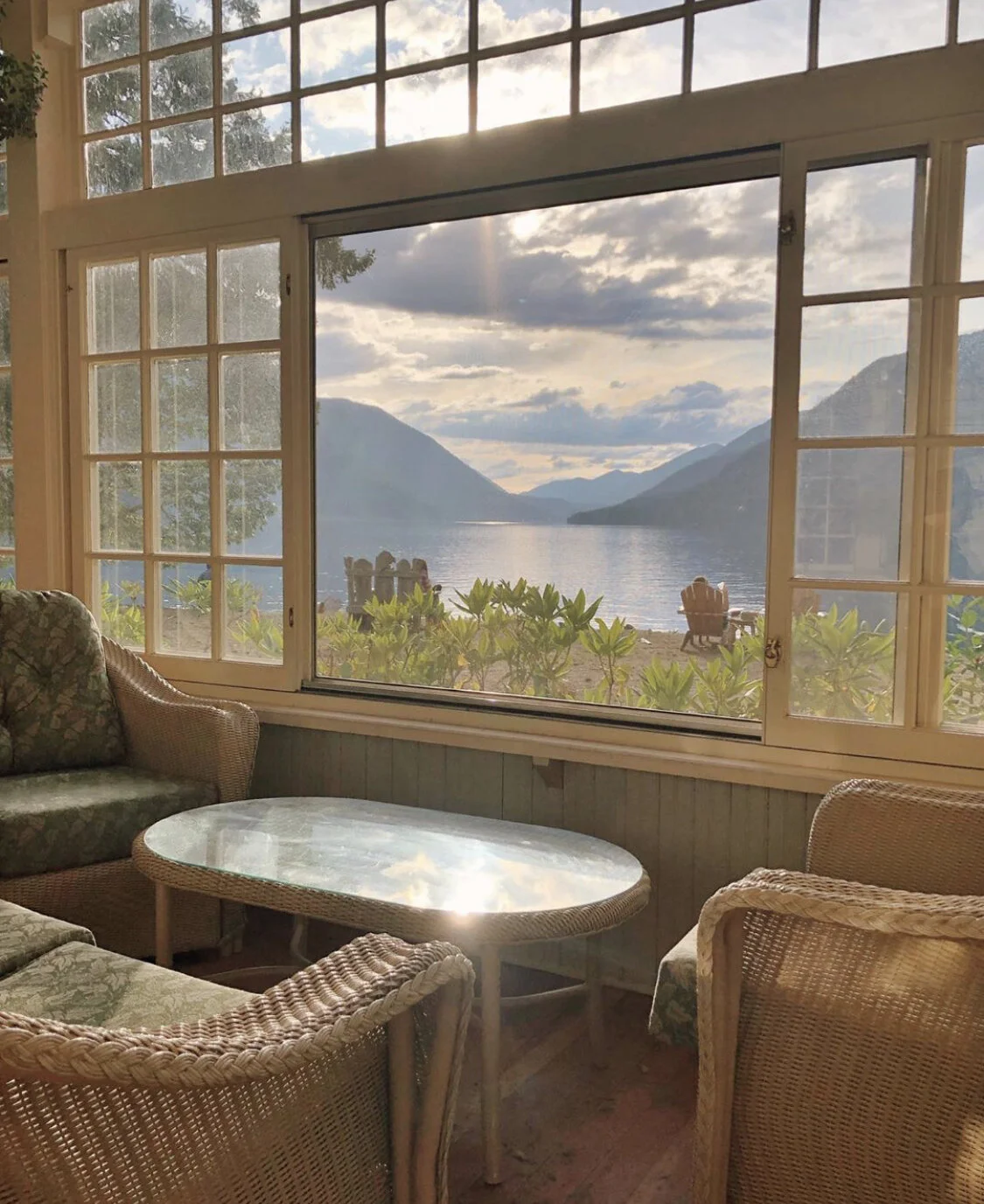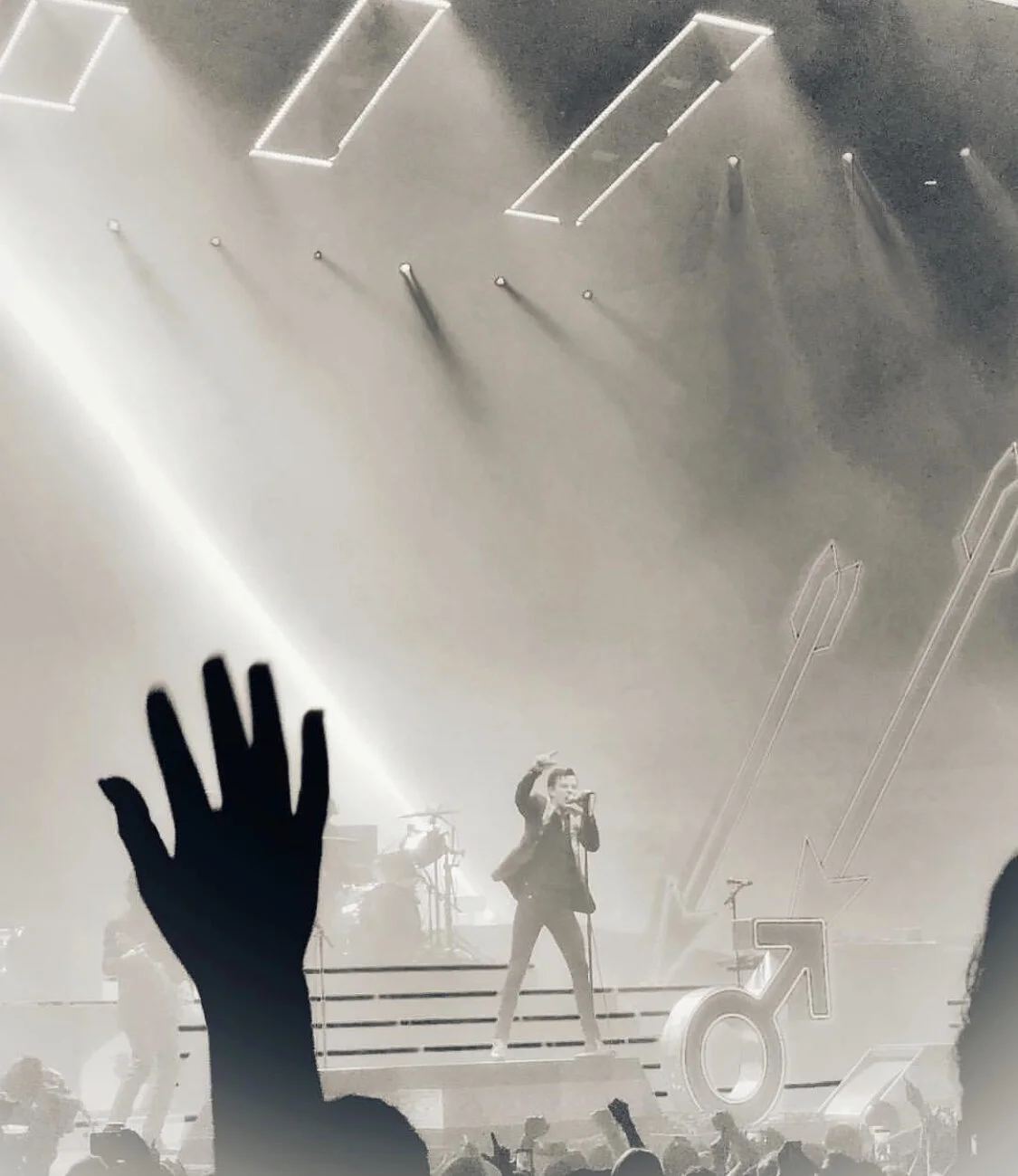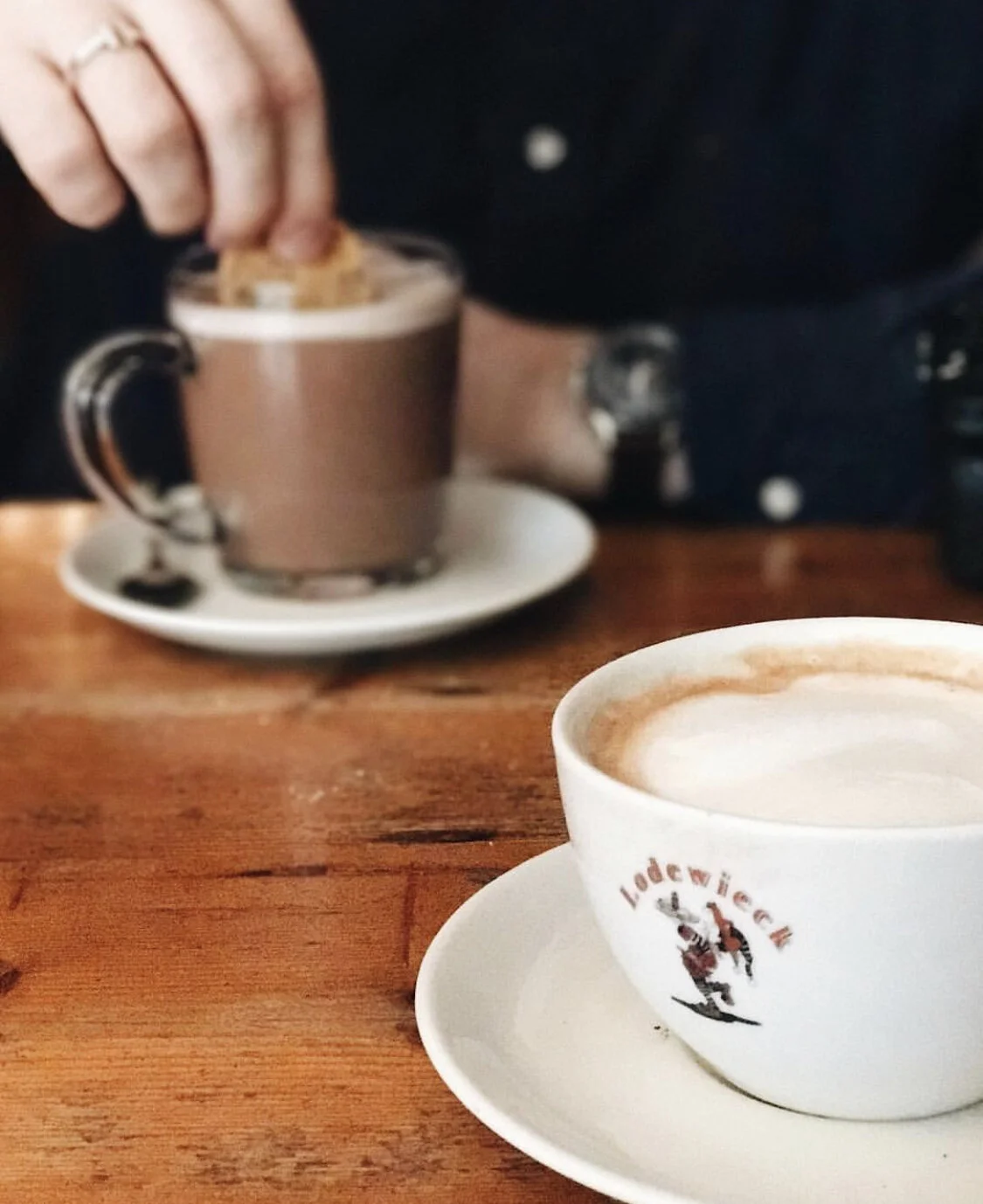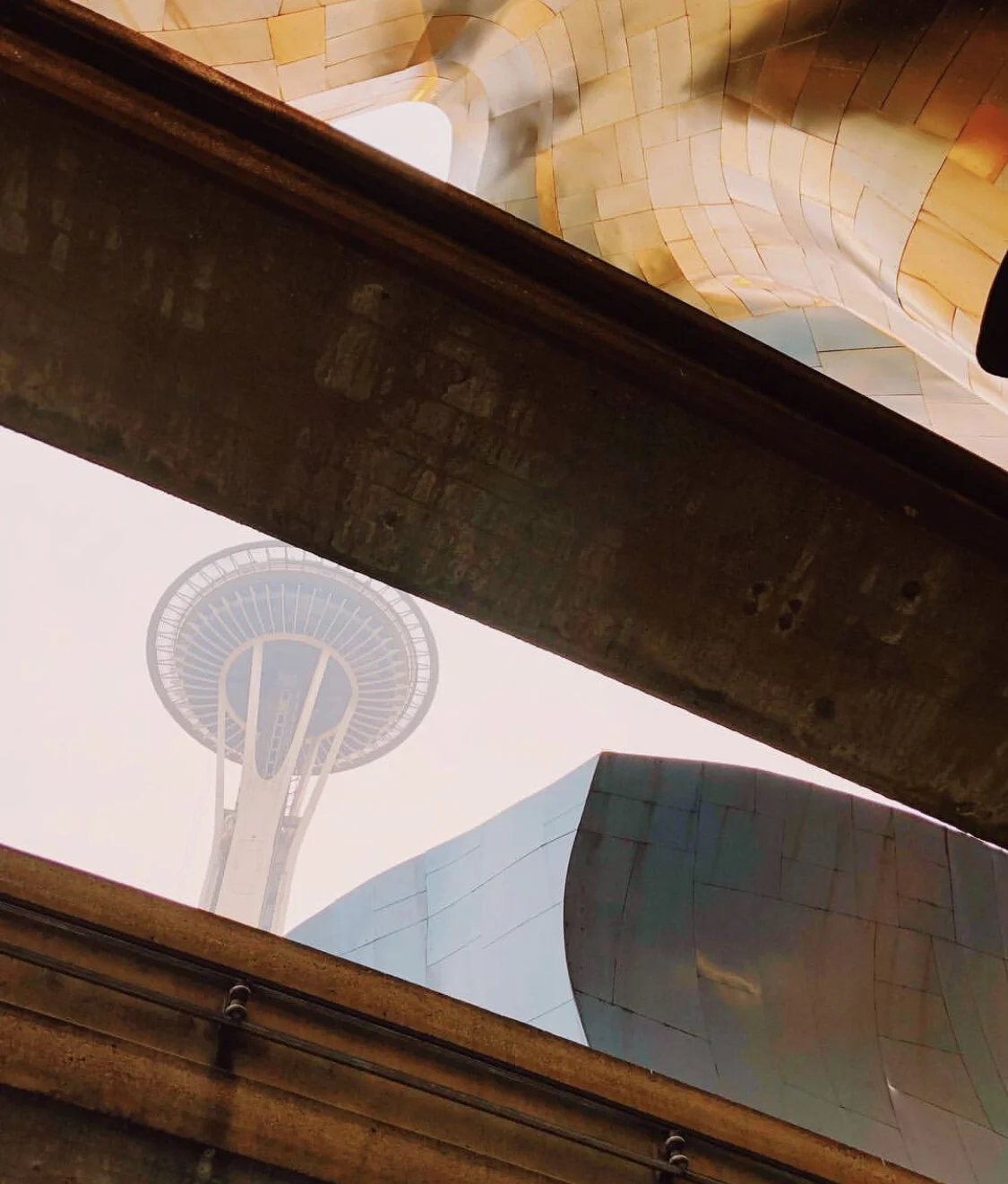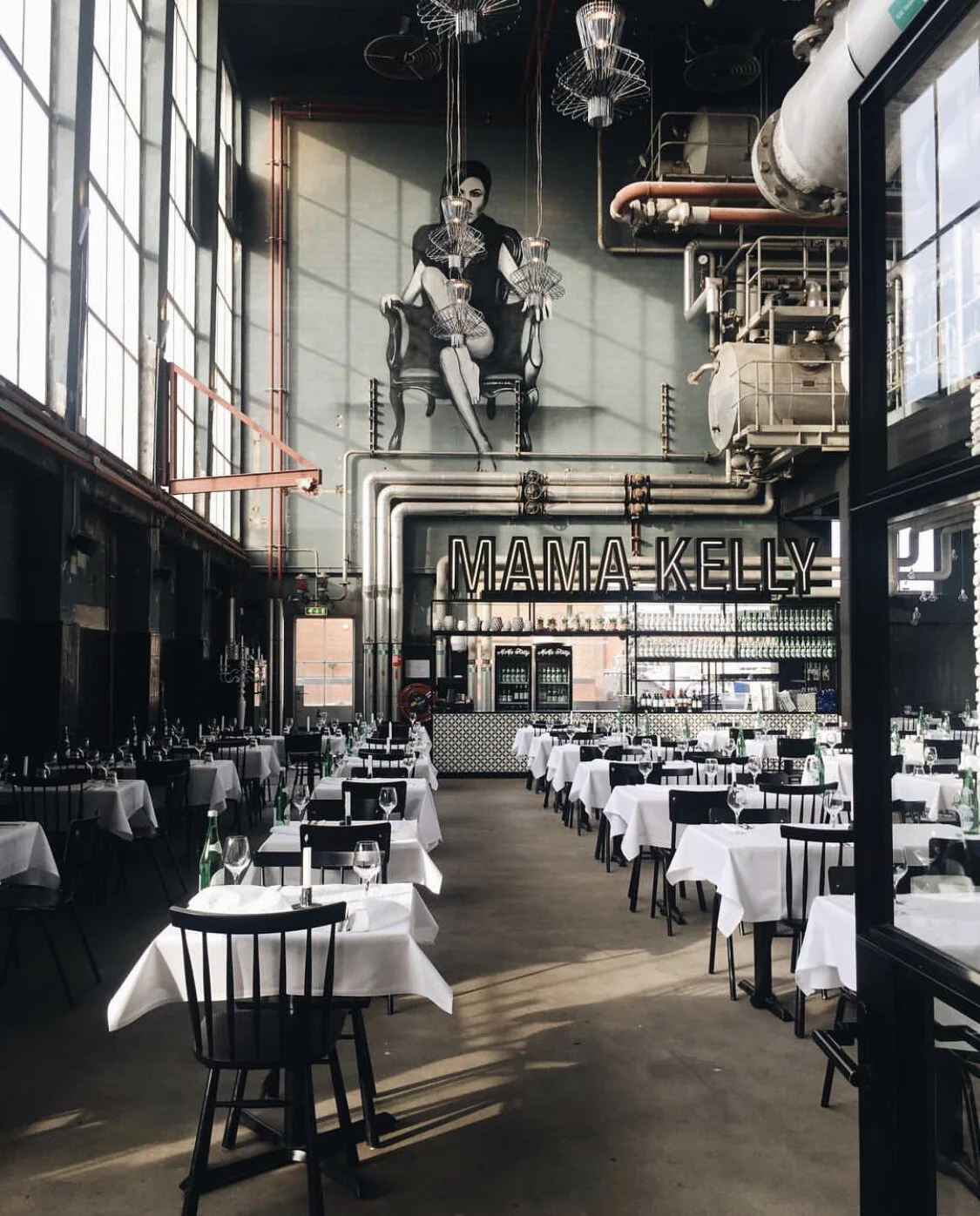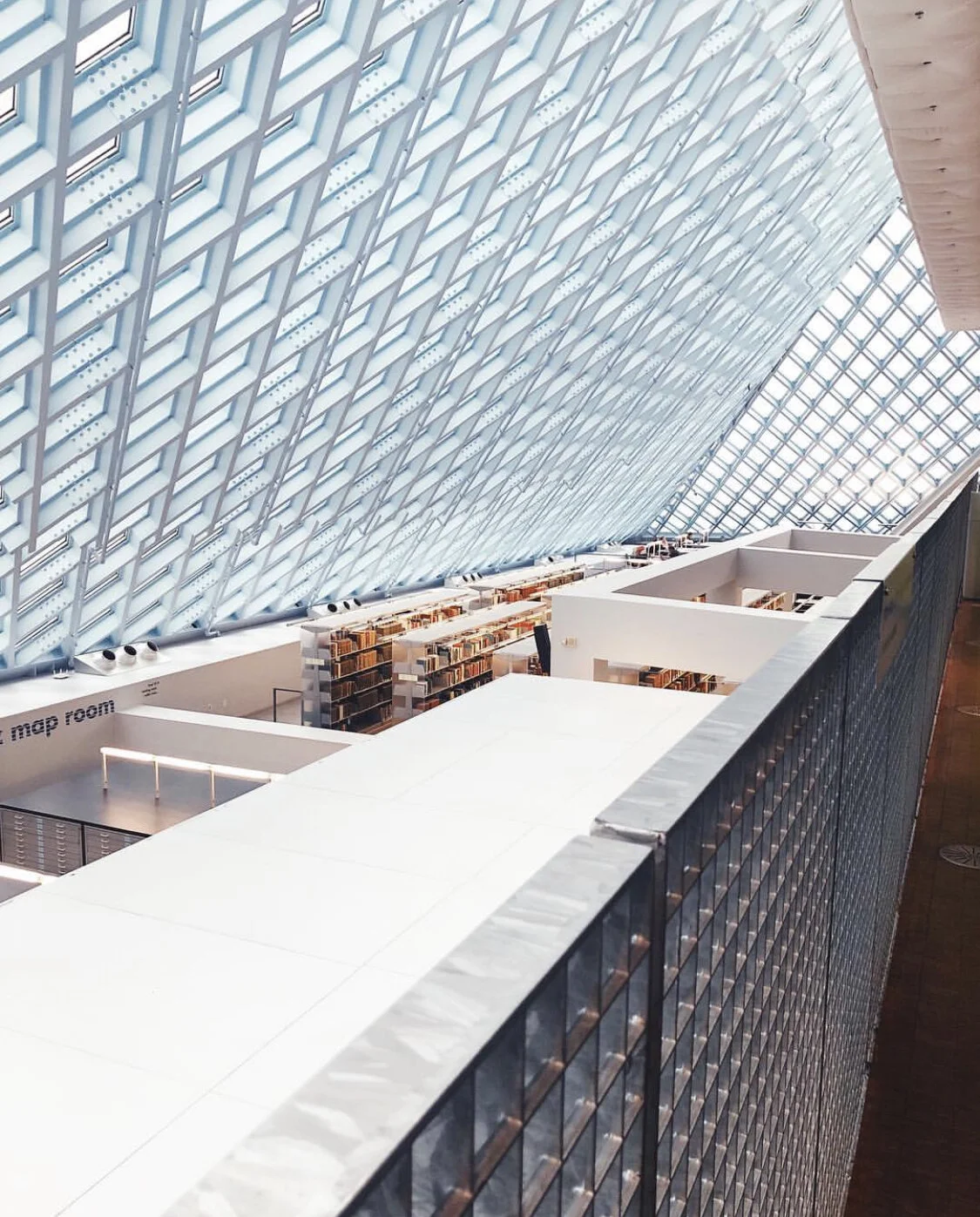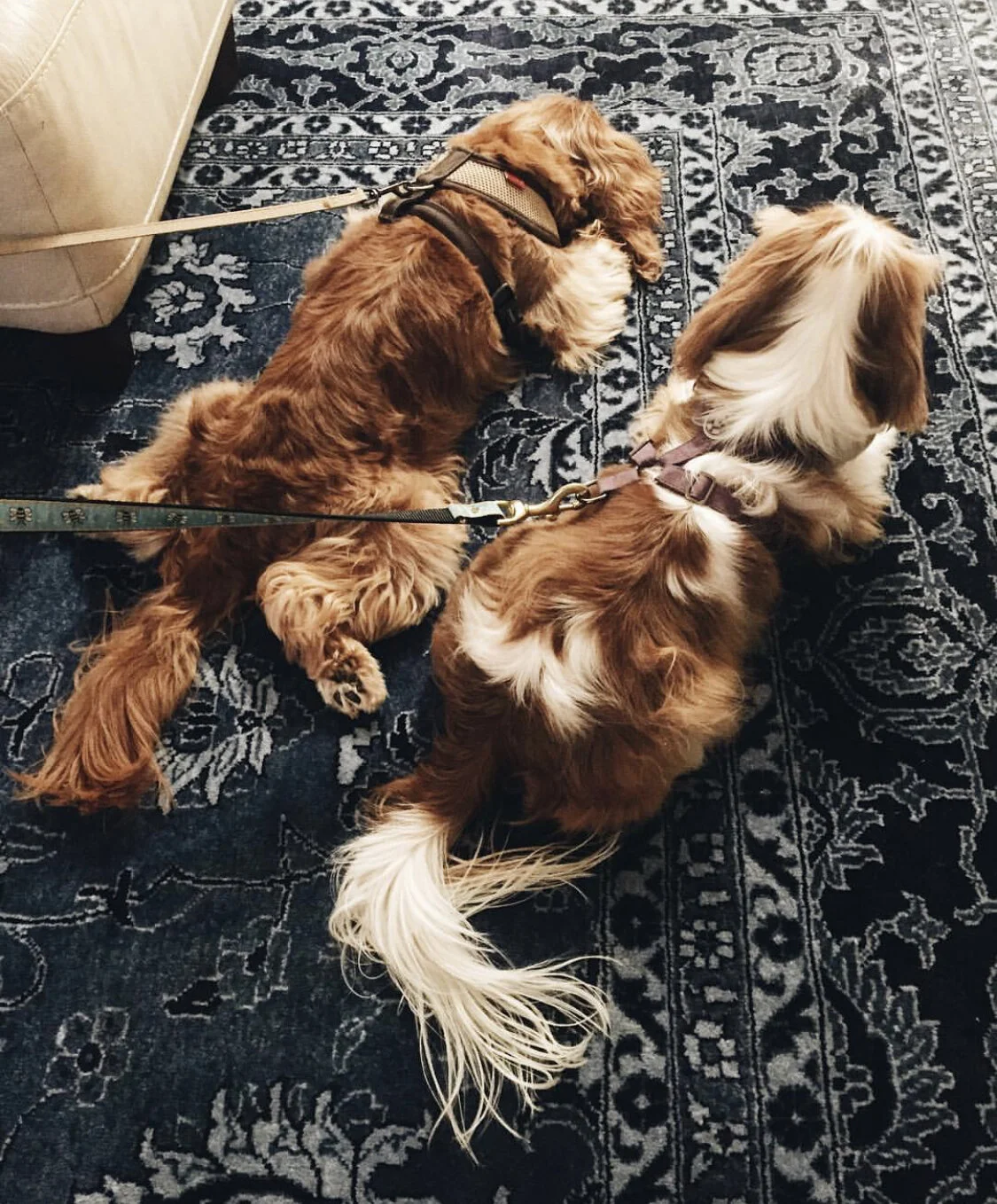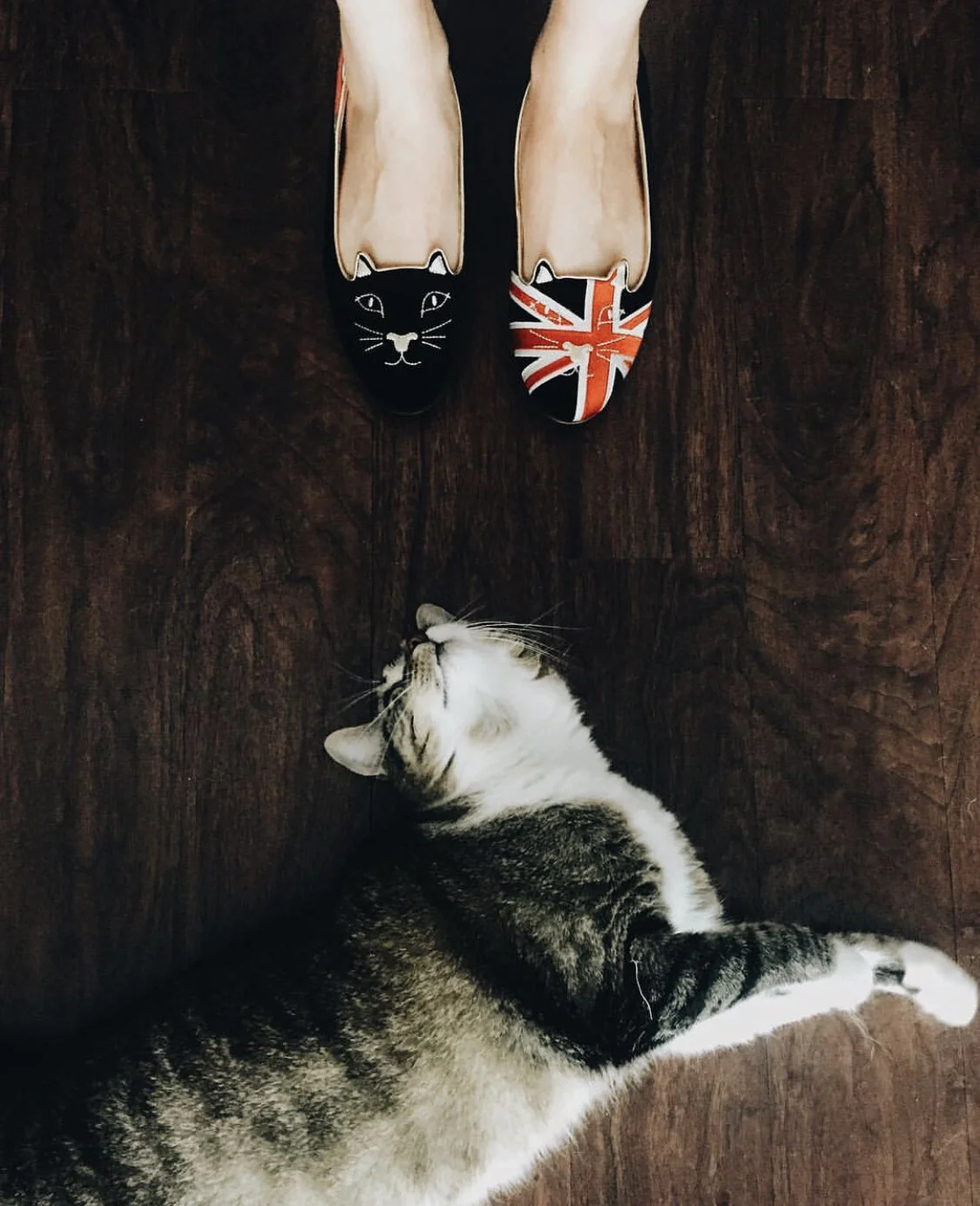

EYE // PHONE
developing an eye for elevated phone photography
EYE // PHONE
developing an eye for elevated phone photography
EYE // PHONE.
a casual guide to developing an eye for elevated phone photography
It’s mind-blowing to think that everyday personal photography—the casual, ubiquitous sort made possible by smartphones and so deeply embedded in contemporary culture—is actually a wildly new thing.
Sure, your grandpa, your high school English teacher, and literally everyone and their mothers now snap pics every day of everything from Home Depot receipts, to fitting room outfit options, to this week’s home garden zucchini harvest (well done, Aunt Lucy). But it wasn’t until just a handful of years ago that it was really commonplace for photography to fit so seamlessly into every mundane moment of our daily lives.
Although camera-outfitted cell phones have been around since the 90s, they were a rarity, and it was not until 2010 that most mass market cell phones came equipped with a camera. Before, if you wanted to take photos of your everyday life, there was nothing especially casual or un-premeditated about the act. The decision to carry a camera was specific and deliberate. You toted around a Polaroid contraption, drugstore disposables, a point-and-shoot, or an unwieldy DSLR. You had to plan ahead and plan a shot, so there had to be at least some advance intentionality behind it all—and therefore probably fewer casual photographers in general, fewer everyday moments captured just for the heck of it. But many of us have no such limitations anymore.
Remember when iPhones still had those little Home buttons?
We live in a crazy cool moment where many of us are rarely without a powerful photographic tool right in our pocket.
What’s more, every year, phones and phone cameras advance in just about every meaningful category: dynamic range, resolution, storage capacity, portability, water resistance, lens and focal length variety, shooting modes, and even built-in post-processing features (not to mention the expanding app market). Gone are the days of dark, blobby selfies; today, we can capture every crease or flyaway hair using Portrait Mode.
With fewer than ever technical hurdles to beautiful, well-executed hobby photography, the only meaningful limitations that remain belong to us as casual photographers. I hear many express disappointment with the images they capture on vacation or even just day to day. I don’t have a knack for photos, they’ve said, but that ‘knack’ can be developed with a curious outlook, willing experimentation, and a few guiding principles.
An eye for elevated phone photography is an asset worth developing. It might come in handy for a job or for personal branding, for capturing moments in a true-to-experience form, and best of all, for its perspective-altering potential. You wouldn’t think it, but cultivating this skill can get you to a place where you regularly and instinctively locate all the beautiful and exceptional elements in your everyday life with profound appreciation and gratitude. Everyday elevated photography is, in short, a tool with great practical and emotional return. Who wouldn’t love to see more beauty in our lives, and get the most out of every memory we document? It begins with developing a photographer’s eye.
Below: four guiding principles for developing an elevated phone photographer’s eye.
CONTEXTUALIZE.
CONTEXTUALIZE.
The view from a Puget Sound ferry, Washington State.
Lake Crescent Lodge, Washington State.
suggest your vantage point.
We all love a great lake or vista view ahead of us, but you can add a layer of depth and space to a sweeping view by including just a suggestion of where you’re viewing it from. This creates the sense that there’s a story behind the scene we’re peeking at. Try playing with different “framing” contexts: juxtaposing indoors and outdoors, or manmade structures and nature.
The Killers in concert, Houston, TX.
Out for coffee in The Hague, Netherlands.
EMPHASIZE your foreground.
At a café with a cute menu or mug design? Place it front and center for a striking, visual bookmark - no geotag needed. At a concert or a show? Let the audience members between you and the stage differentiate your snapshot by adding a sense of movement, energy, and community.
(DE)CONTEXTUALIZE.
(DE)CONTEXTUALIZE.
The Space Needle, Seattle, WA.
Holiday greenery, not yet hung.
LOOK AT SOMETHING ubiquitous IN AN UNEXPECTED WAY.
We’ve seen thousands upon thousands of conventional landmark photos and holiday photos by now: the same building or bridge or bit of decor over and over. Next time you’re snapping something familiar, see if you can’t frame it from a different perspective, or otherwise isolate from its usual context.
Conversation, Seattle, WA.
Westward, Seattle, WA.
make us wonder where you are.
Sometimes mystery makes a photo, so don’t feel like you need to be eye-faithful and capture everything in front of you. Cut off details, use shallow depth of field, get up-close-and-personal with your subject matter with a bit of zoom. Make us curious about the larger scene of which you’re only giving us a hint.
LEAD THE EYE.
LEAD THE EYE.
The Hague, Netherlands.
Seattle Public Library.
“BRING ME THAT HORIZON.”
Sometimes the eye is lazy and just wants to be guided where you want it to look. Move around your space and find views with sharp, straight lines that converge at a point on the horizon for an easy sense of depth and drama. I find that this tends to result in a clean, soothing effect.
Space Needle viewed from Queen Anne, Seattle, WA.
Seattle, WA.
be negative.
When in doubt, I like to compose a shot around the absence rather than presence of detail, especially if the moment has been blessed with a moody sky or fabulous sunset colors. When putting together a shot with negative space, mind the background and ensure colors and patterns aren’t getting washed out, and that your skies, walls, or other backgrounds aren’t so overexposed as to give yourself a migraine next time you open your camera roll.
FIND HARMONY.
FIND HARMONY.
Coordinated lounging.
“Is that MY face?”
ECHO DETAILS.
Our brains are really tickled when mirrored patterns, shapes, colors, or concepts immediately jump out at us from a scene. It’s very satisfying somehow. Experiment with pairing parallel elements, especially those that cross between forms — like in one of my above examples, a pair of cat shoes with a real cat peering curiously at their embroidered faces…a bit of visual humor.
Patches for sale, London, United Kingdom.
A corgi takes an autumn walk, Seattle, WA.
COLLECTOR’S SET.
Similarly, our brains love to see clustered, coordinating elements (and sometimes with one mismatched object leaping out for contrast). Conventionally, you might see this principle applied to flat lays or overhead dinner table shots, but the possibilities are endless. Indulge your brain’s instinct to group pretty knickknacks, and perhaps experiment a little with cropping, coloring, or perspective to achieve different effects.
Once you’ve gotten the hang of finding striking ways to frame a shot, you can make the most of your newfound photographer’s eye by applying solid editing principles. Stay tuned for a feature about editing rules by which I swear…but in the meantime, see a list of my favorite photo editing apps here.

